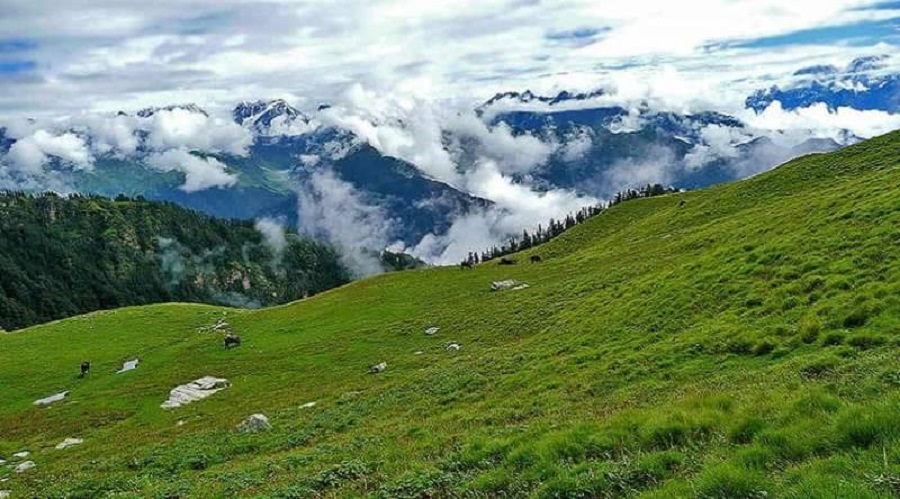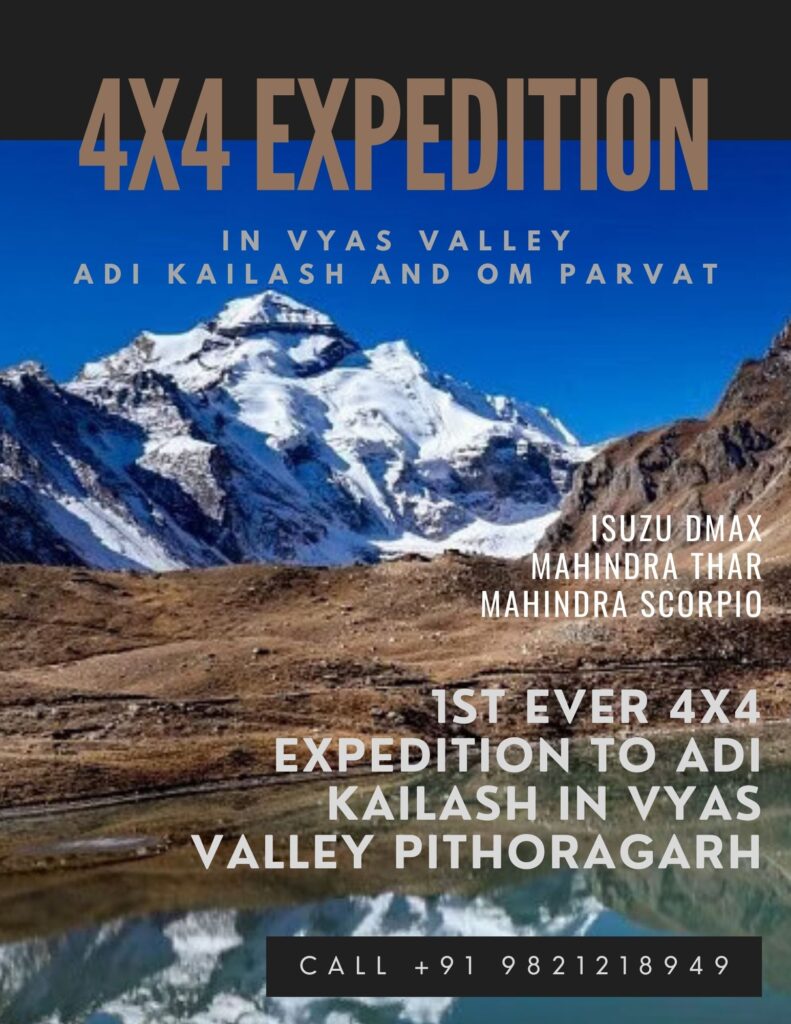As Kalpeshwar to Rudranath Trek is one of Uttarakhand’s less popular pilgrimages, its natural beauty has been retained unaltered. The trail travels through thriving communities that rely primarily on vegetation for survival. The hike from Kalpeshwar to Rudranath offers a virgin trail with several possible approaches. Although Helang is where most people begin this circuit (Kalpeshwar to Rudranath), Saggar and Mandal in the vicinity of Kalpeshwar are also viable starting points.
The Himalayan region of Garhwal is rich in sacred sites, deep canyons, lush meadows, and dense woods. Hindu devotees frequently travel to Kalpeshwar, Rudranath, and Tunganath, three of the holy and revered “Panch Cedars,” for religious pilgrimages.
The path that leads to these uncomplicated but breathtaking locations provides sweeping vistas of the Himalayan mountain ranges. The road is actually a trekker’s paradise, drawing travelers from all over the world in search of adventure and enlightenment.
Mythological Background Of Kalpeshwar – Rudranath
The Pandavas wished to go see Lord Shiva after the Mahabharata War ended. This is the mythological background of Kalpeshwar-Rudranath. Yet Lord Shiva was enraged and avoided them since, regardless of the justification, they had slaughtered their brethren in battle. Lord Shiva disguised himself as a huge bull and wandered around to deceive them. Bhim pursued him because he thought he may be Lord Shiva. Digging a hole, Lord Shiva entered the earth. Eventually, numerous pieces of Lord Shiva’s body were found in different locations; these locations are now known as the Panch Kedar temples, which include Kedarnath, Madhmaheshwar, Tungnath, Rudranath, and Kalpeshwar. Moreover, Pashupatinath in Nepal is thought to be the sixth cedar.
The final and most accessible temple on the revered Panch Kedar Circuit is Kalpeshwar. The only temple that is open all year round is Kalpeshwar. The generally visible swayambhu jata, or hair of Shiva, is present in the Kalpeshwar Temple in the form of a protruding rock. A small stream that emerges from a stone within the boundaries of the sanctuary collects water in a rocky depression to form Amrit Kund, also known as Nectar Lake.
Quick Facts About Kalpeshwar Rudranath Trek:
Meal Types: Vegetarian
Kalpeshwar Rudranath Trek Duration: 11N/12D
Kalpeshwar Rudranath Trek Total Distance: 84 km
Temperature Range: March to May: 150 to 300C, November to December: 80 to -20C.
Kalpeshwar Rudranath Trek Difficulty Level: Moderate



